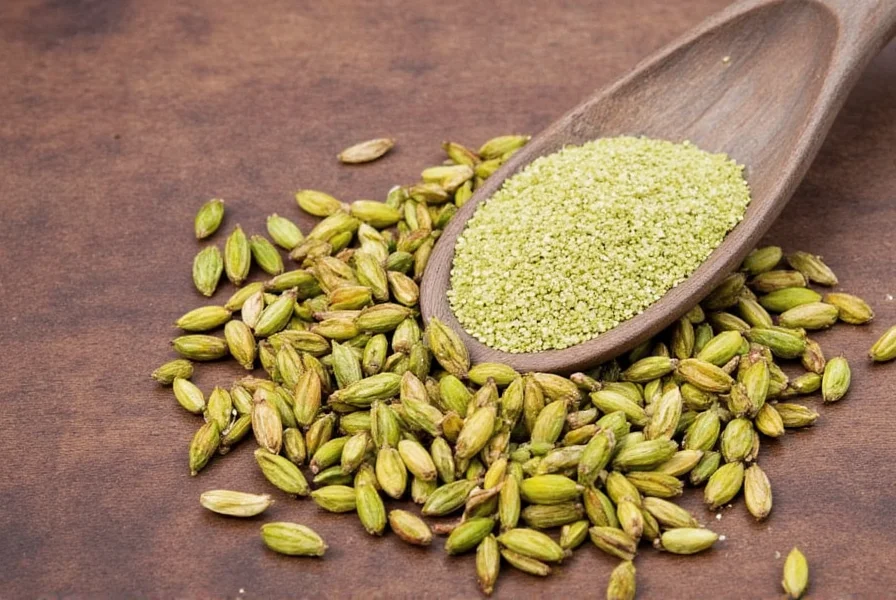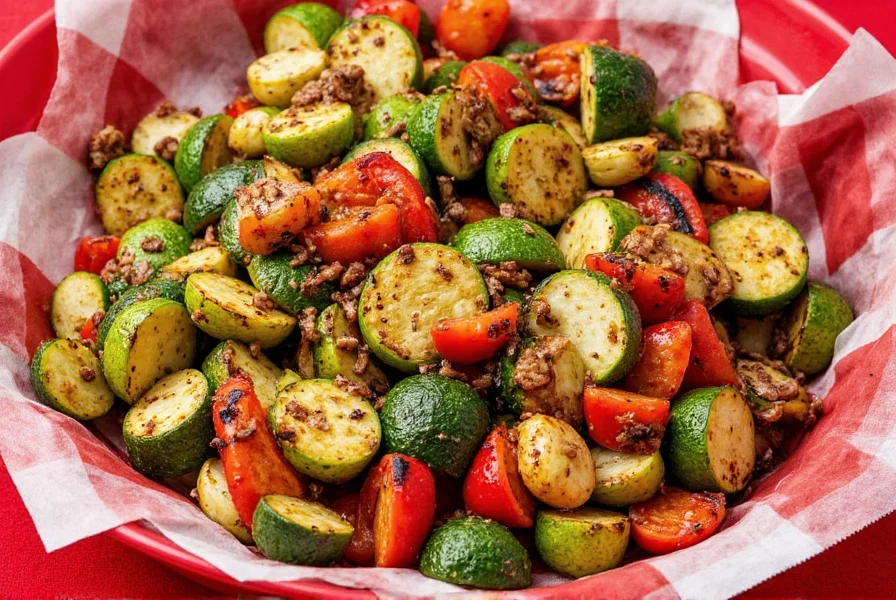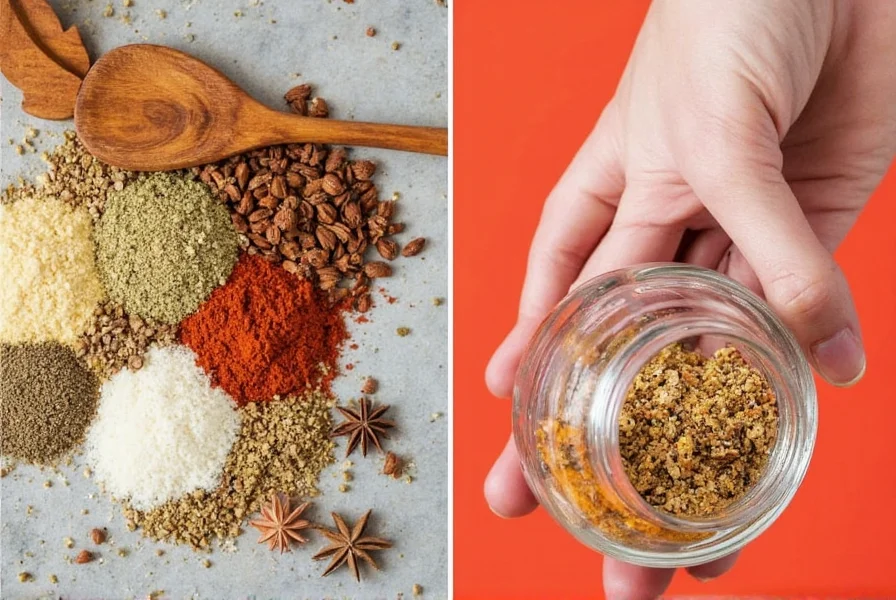Proper spice storage is essential for maintaining flavor and potency. This guide covers the best practices for storing spices, including how long they last, where to store them, and tips to keep them fresh longer.
Spices lose their potency when exposed to light, heat, moisture, or oxygen. Understanding proper storage ensures your dishes always deliver rich, bold flavors. The information in this guide is based on USDA guidelines and culinary expert recommendations.
Table of Contents
- Why Spice Storage Matters
- Top 10 Spice Storage Hacks
- How to Use Spices Smarter
- Buying Guide for Spice Storage Products
- Spice Comparison Tables
- Frequently Asked Questions
- Conclusion
Why Spice Storage Matters
Spices are concentrated flavor sources derived from plants, but their volatile oils degrade when exposed to environmental factors. Proper storage prevents oxidation and moisture absorption, preserving both flavor and aroma. The USDA recommends specific storage conditions for optimal spice longevity.
| Type of Spice | Optimal Flavor Duration | Safety Shelf Life |
|---|---|---|
| Ground Spices | 6-12 months | 2-3 years |
| Whole Spices (e.g., peppercorns) | 2-3 years | 4-5 years |
| Dried Herbs | 6-12 months | 1-2 years |
| Spice Blends | 6-12 months | 1-2 years |
Top 10 Spice Storage Hacks
These evidence-based techniques maintain spice potency and prevent flavor loss:
- Store in a Cool, Dark Place: Keep spices away from heat sources like stoves or ovens. Ideal temperature is below 70°F (21°C).
- Use Airtight Containers: Glass jars with rubber gaskets prevent oxygen exposure. Avoid plastic containers that can absorb odors.
- Label with Purchase Date: Track freshness using clear labels. Replace ground spices every 6-12 months for peak flavor.
- Keep Away from Humidity: Never store spices above sinks or dishwashers. Moisture causes clumping and mold growth.
- Use Opaque Containers: Light exposure degrades color and flavor. Dark glass or metal containers block UV rays.
- Freeze Whole Spices: Cinnamon sticks, nutmeg, and whole cloves can be frozen for up to 3 years without flavor loss.
- Vacuum Seal Bulk Purchases: For large quantities, vacuum sealing extends freshness by removing oxygen exposure.
- Organize by Frequency of Use: Place daily-use spices in easily accessible locations. Seasonal spices can be stored in less convenient spots.
- Use Silicone Seals for Bags: For spices in original packaging, transfer to airtight containers or use silicone seals to reseal bags properly.
- Buy in Smaller Quantities: Purchase only what you'll use within 6 months to ensure maximum freshness.
| Storage Method | Optimal Flavor Duration | Flavor Retention | Cost Efficiency |
|---|---|---|---|
| Original Plastic Bag | 3-6 months | Poor | Low |
| Clear Glass Jar | 6-12 months | Good | Moderate |
| Opaque Glass Jar | 12-18 months | Very Good | Moderate |
| Vacuum-Sealed Container | 18-24 months | Excellent | High |
| Magnetic Wall Rack | 6-12 months | Moderate | Low-Moderate |

How to Use Spices Smarter
Maximize flavor by applying these culinary techniques:
- Toasting Whole Spices: Heat cumin, coriander, or mustard seeds in a dry pan for 1-2 minutes before grinding to release essential oils.
- Blooming in Oil: Sauté turmeric, paprika, or chili powder in oil for 30 seconds before adding liquids to enhance flavor depth.
- Add at the Right Time: Delicate herbs like basil or oregano should be added near the end of cooking. Heartier spices like cinnamon or cloves can withstand longer cooking times.
- Layering Flavors: Combine complementary spices (e.g., cumin + coriander for Mexican dishes, or cinnamon + cloves for baking) for complex flavor profiles.
- Use Salt as a Flavor Enhancer: Salt helps release volatile compounds in spices, making flavors more pronounced.

Buying Guide for Spice Storage Products
Invest in quality storage solutions based on your needs:
1. Opaque Glass Spice Jars
- Features: UV-blocking glass, silicone-sealed lids, easy-pour spouts
- Best For: Daily use, kitchen organization
- Recommended Brands: OXO Good Grips, Le Creuset
2. Vacuum-Sealed Containers
- Features: Air-tight vacuum system, modular stacking design
- Best For: Bulk purchases, long-term storage
- Recommended Brands: Foodsaver, Airtight Container Company
3. Magnetic Spice Racks
- Features: Space-saving wall mount, strong neodymium magnets
- Best For: Small kitchens, minimalist designs
- Recommended Brands: SimpleHouseware, AmazonBasics
4. Stackable Organizers
- Features: Adjustable shelves, clear labeling system
- Best For: Large collections, deep cabinets
- Recommended Brands: Rubbermaid, IKEA
5. Manual Spice Grinders
- Features: Adjustable grind settings, durable ceramic burrs
- Best For: Fresh grinding of whole spices
- Recommended Brands: Zassenhaus, Peugeot

Spice Comparison Tables
| Spice Type | Optimal Storage Method | Common Mistakes to Avoid |
|---|---|---|
| Ground Spices | Opaque glass jars in cool, dark place | Storing near stove, using clear containers |
| Whole Spices | Vacuum-sealed containers or freezer storage | Grinding too early, exposing to humidity |
| Dried Herbs | Small airtight containers with minimal headspace | Storing in original paper bags, exposing to light |
| Spice Blends | Dark glass jars with tight seals | Buying large quantities, improper sealing |
Frequently Asked Questions
How can I tell if my spices have gone bad?
Test freshness by smelling and tasting. Rub a small amount between your fingers—if it releases little aroma or taste, it's lost potency. Visual signs include faded color (e.g., paprika turning brown) or clumping (indicating moisture exposure). For safety, discard any spices with mold or off-odors.
What's the difference between storing whole vs. ground spices?
Whole spices retain essential oils longer due to reduced surface area exposure. Whole peppercorns or cinnamon sticks stay potent for 2-3 years, while ground versions lose flavor in 6-12 months. Always grind whole spices just before use for maximum flavor.
Can I store spices in the refrigerator?
Generally no. Refrigerators cause condensation and temperature fluctuations that degrade spices. The exception is for very humid climates where pantry storage isn't viable—then vacuum-seal spices before refrigeration. The ideal storage is a cool, dark cabinet at room temperature.
How often should I replace my spices?
Ground spices: replace every 6-12 months for optimal flavor. Whole spices: replace every 2-3 years. Dried herbs: replace every 6-12 months. Spice blends: replace every 6-12 months. Always trust your senses—if aroma is weak, it's time for a replacement.
What's the best way to organize spices in a small kitchen?
Use vertical space with magnetic wall racks or stackable organizers that fit in narrow cabinet spaces. Group by frequency of use (daily spices at eye level) and label clearly. For extremely limited space, consider door-mounted organizers or drawer inserts with labeled compartments.
Do expensive spice containers really make a difference?
Yes, but focus on key features: airtight seals, UV-blocking materials, and minimal headspace. Premium containers offer durability and aesthetics, but basic opaque glass jars with silicone seals provide excellent value. The most important factor is proper sealing—not price.
Conclusion
Proper spice storage is a simple yet crucial practice that transforms your cooking. By following these evidence-based techniques, you'll preserve flavor potency, reduce waste, and elevate every dish. Remember: freshness matters more than quantity—buy smaller amounts more frequently for the best results.










 浙公网安备
33010002000092号
浙公网安备
33010002000092号 浙B2-20120091-4
浙B2-20120091-4